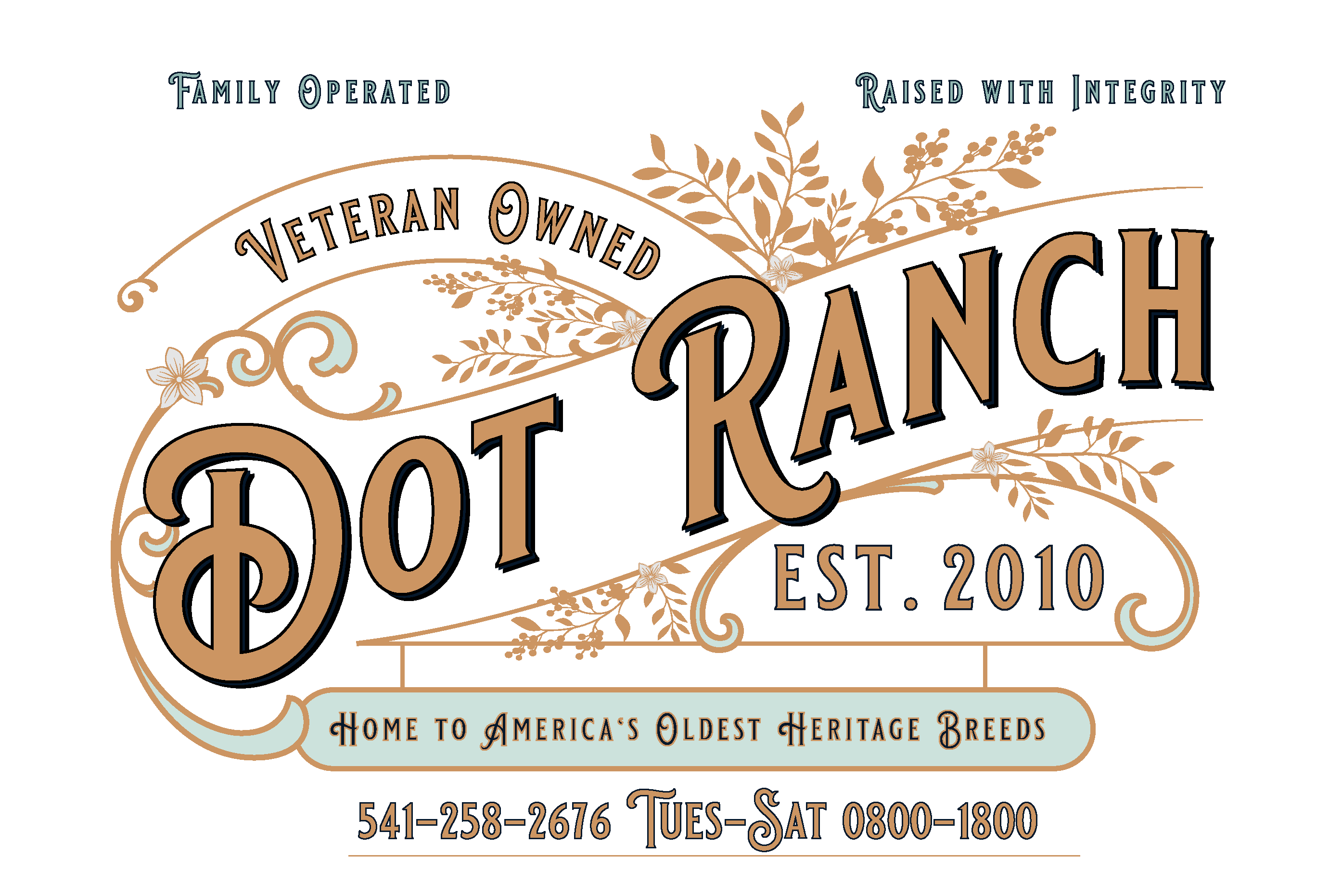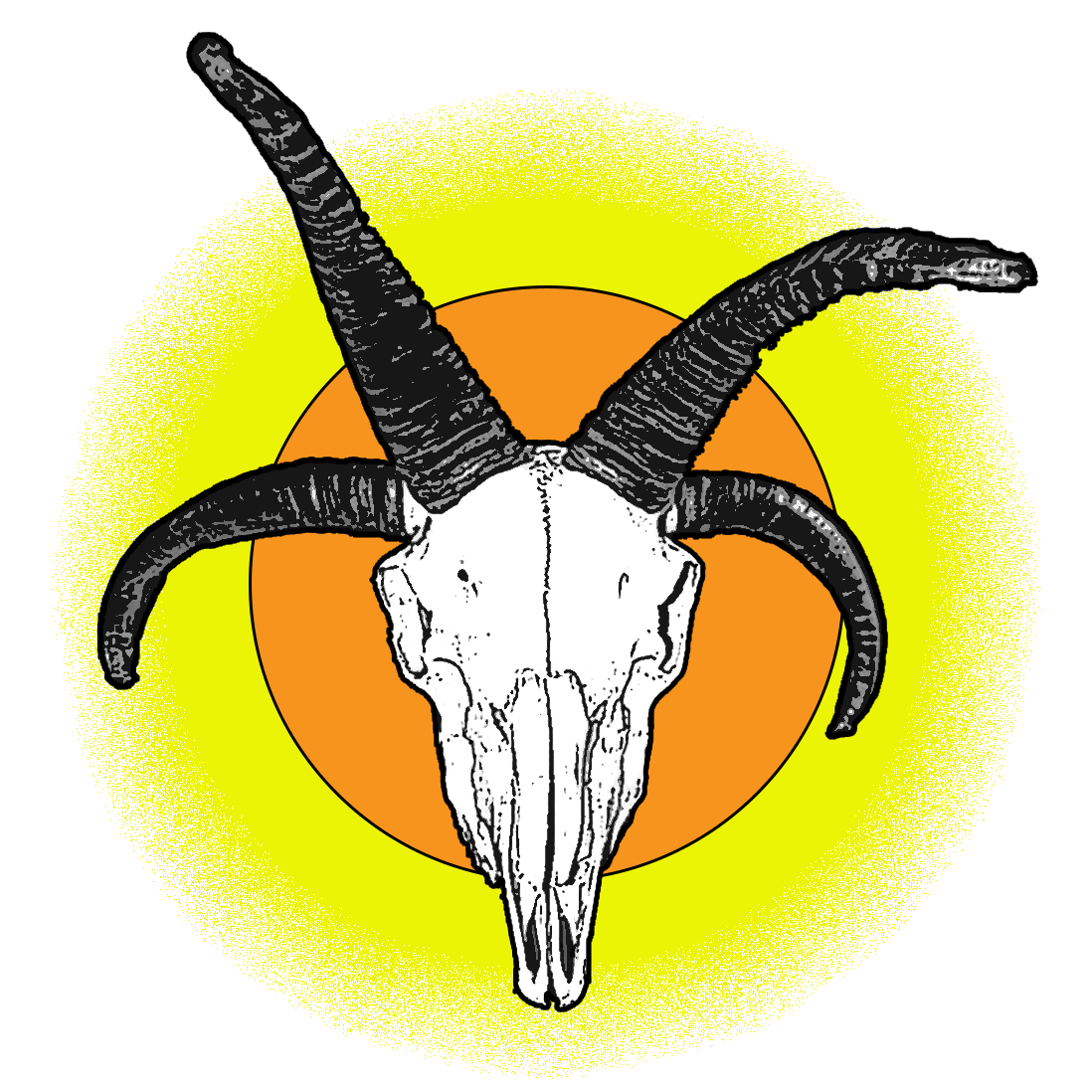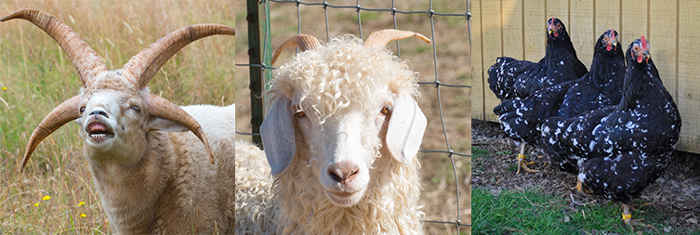
Heritage Livestock and Poultry
Just what is a "heritage breed" anyway? The Livestock Conservancy (formerly known as The American Livestock Breeds Conservancy) has gone to great lengths to define what heritage chickens and heritage cattle are, and the European Commission of Heritage Sheep1 has defined what makes a heritage sheep. To date, in 2017, no reputable organization has listed a standard for what makes heritage goats, but we operate under the assumption that they're defined by the same guidelines as heritage sheep. Now, it's important to note that while The Livestock Conservancy is a very reputable organization, their definitions are just that: their definitions. There is no current, legal definition of a heritage breed in the United States, and while the USDA will allow the use of the term "heritage" in labeling, it does not have any legal meaning, enforcement, or legislation behind it. You're going to find a lot of hemming and hawing out there on the web about heritage vs heirloom vs conventional modern bred, and most of it boils down to the same points. We use The Livestock Conservancy's definitions here as a standard, not as an absolute universal rule. Now, in similar vein, the European Commission of Heritage Sheep was a government established program in the EU, and as such, their definitions were legal definitions for EU countries. We don't belong to the EU, but we believe their defintion was a most succinct and concise way of describing heritage sheep.
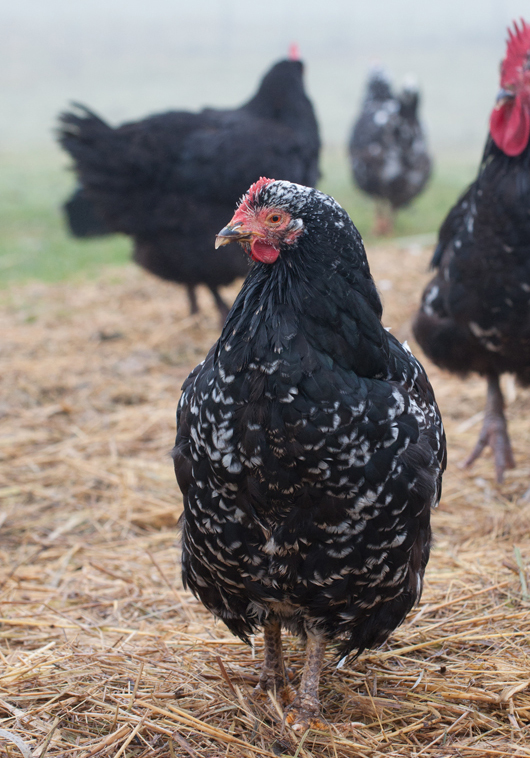
Heritage Chicken
The Livestock Conservancy has 4 requirements for a chicken to be considered a "heritage" or "heirloom" breed.2 They are as follows:
1.) A Heritage Egg can only be produced by an American Poultry Association Standard breed. A Heritage Chicken is hatched from a heritage egg sired by an American Poultry Association Standard breed established prior to the mid-20th century, with both parents and grandparents conforming to the APA standard of perfection for that breed.
2.) Heritage Chicken must be reproduced and genetically maintained through natural mating. Chickens marketed as Heritage must be the result of naturally mating pairs of both grandparent and parent stock.
3.) Heritage Chicken must have the genetic ability to live a long, vigorous life and thrive in the rigors of pasture-based, outdoor production systems. Breeding hens should be productive for 5-7 years and roosters for 3-5 years.
4.) Heritage Chicken must have a moderate to slow rate of growth, reaching appropriate market weight for the breed in no less than 16 weeks. This gives the chicken time to develop strong skeletal structure and healthy organs prior to building muscle mass.
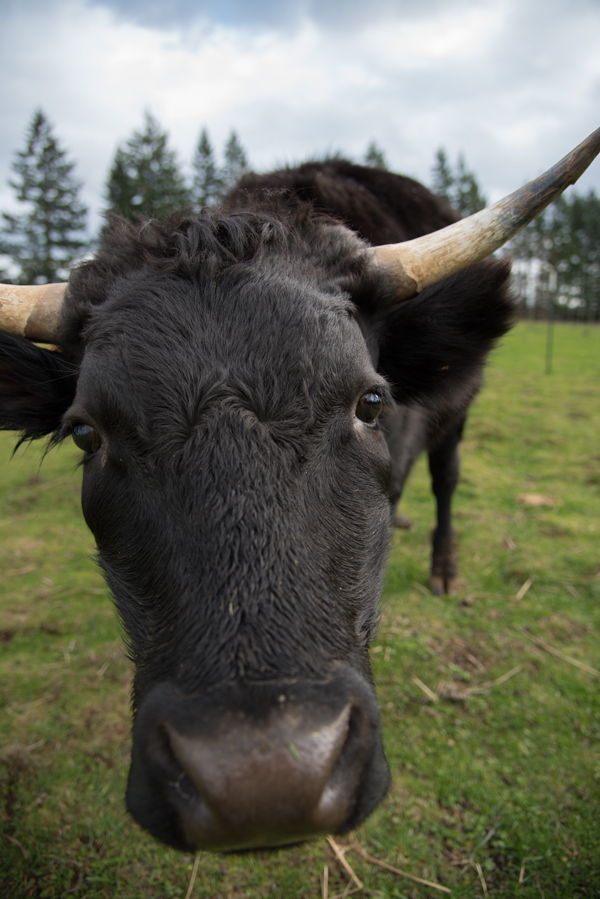
Heritage Cattle
According to The Livestock Conservancy, Heritage Cattle must adhere to all of the following:3
1.) True Genetic Breed. The breed is a true genetic breed of cattle. That is, when mated together, it reproduces the breed type.
2.) Endangered Breed. The breed is or has been endangered, as defined by The Livestock Conservancy, and appears on the Conservation Priority List in the Critical, Threatened, Watch, or Recovering categories.
3.) Long History in US. The breed has an established and continuously breeding population in the United States since 1925. If developed since 1925, foundation stock is no longer available. If more recently imported, the breed is globally endangered. (Please refer to ALBC’s criteria for listing on the conservation priority list for details on this).
4.) Purebred Status. Heritage Cattle must be registered purebred animals or immediate offspring of registered purebred animals. Cattle that are the result of a breed association sanctioned grade-up program must have obtained purebred status.
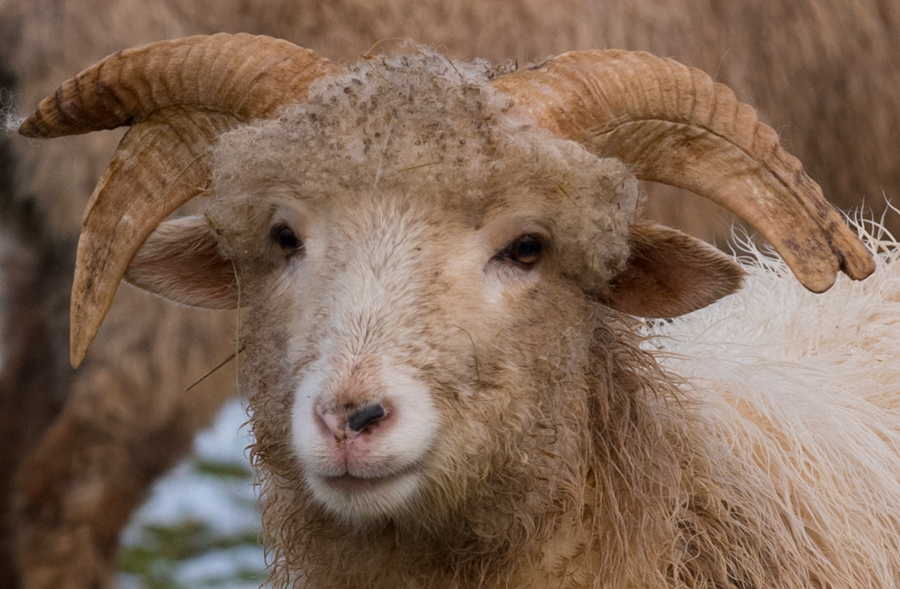
Heritage Sheep
The European Commission of Heritage Sheep hasn't put together quite as structured a definition of heritage sheep as The Livestock Conservancy has for cattle or poultry, but they do have a concise explanation. They declare that a Heritage Sheep Breed is distinct to their region, has been evolved over centuries by selective breeding, and they are known for special (unique) qualities in meat, milk, cheese, or wool. These breeds are "specifically adapted to a harsh life...", adapted to their unique environments, and provide low impact, low input farming systems that are environmentally friendly while promoting tourism. Perhaps most interestingly, the European Commission of Heritage Sheep states that "these regional native sheep breeds contribute to social communities and provide a commerial opportunity to sustain local economies."1 This description quite candidly applies to Navajo-Churro Sheep, and shows that heritage breeds of sheep are more than just genetically important- they can bear the souls of a place and a people as well. We also feel that this set of standards can be applied to goats, which again squarely places Navajo Angora Goats on the side of heritage breeds versus modern production bred animals.
Citations
1 European Commission Agriculture and Rural Development An important note: With the post Brexit repercussions, the original EUC of Heritage Sheep seems to have dissolved, and their old website from which this information was taken is now an empty domain.
